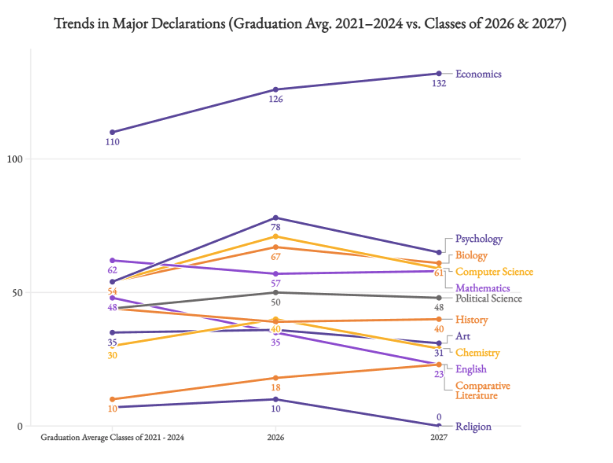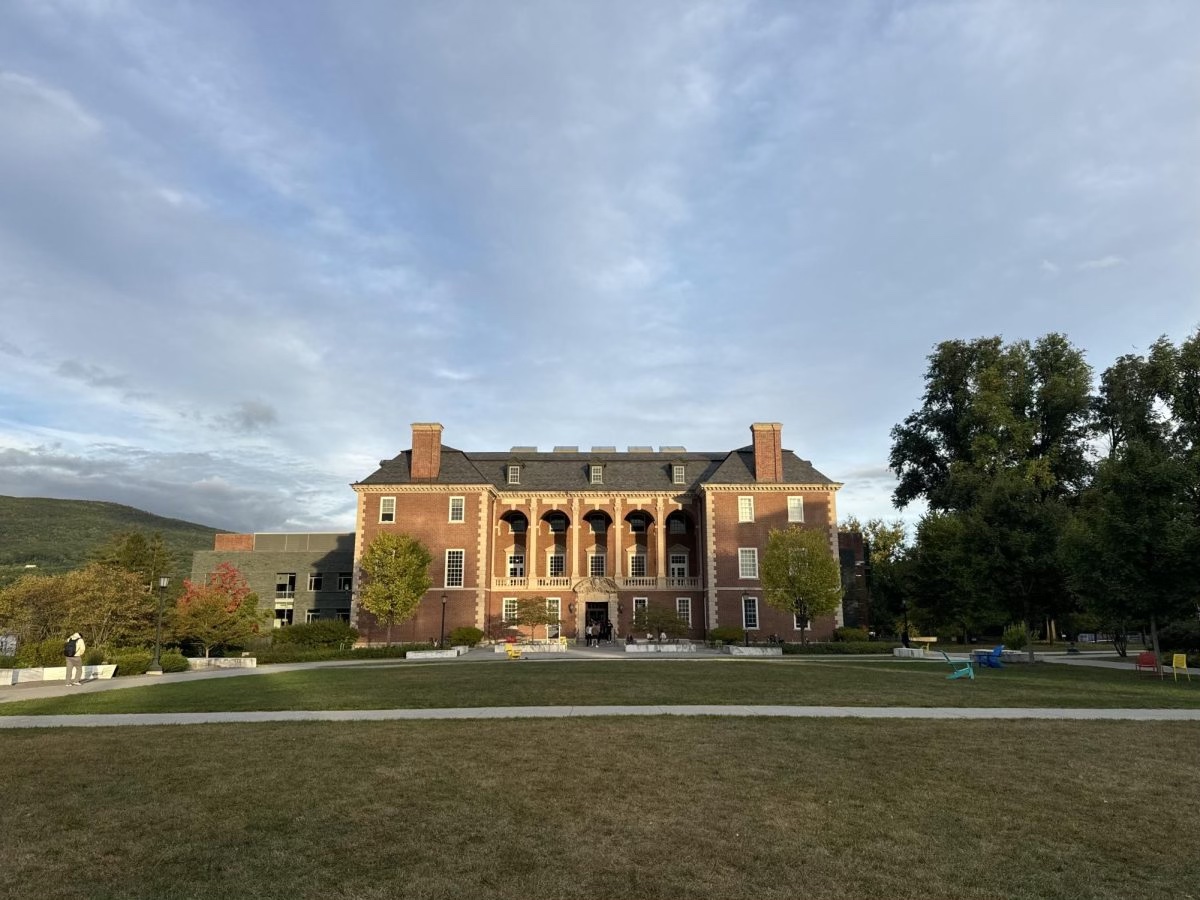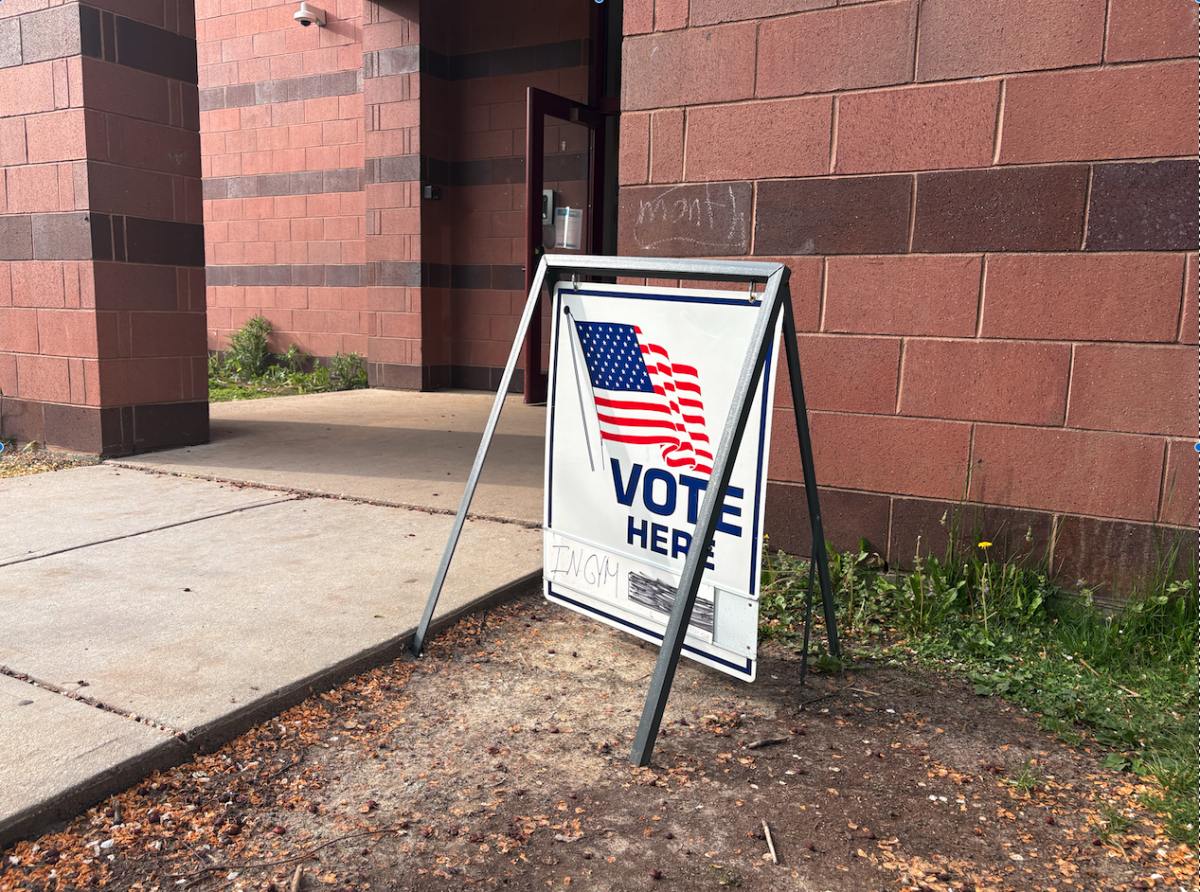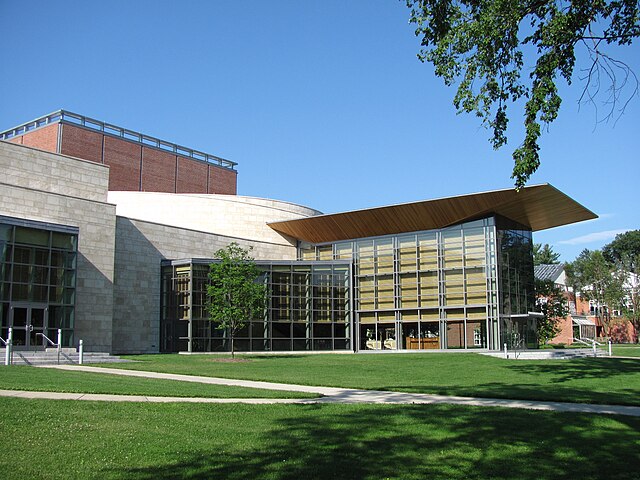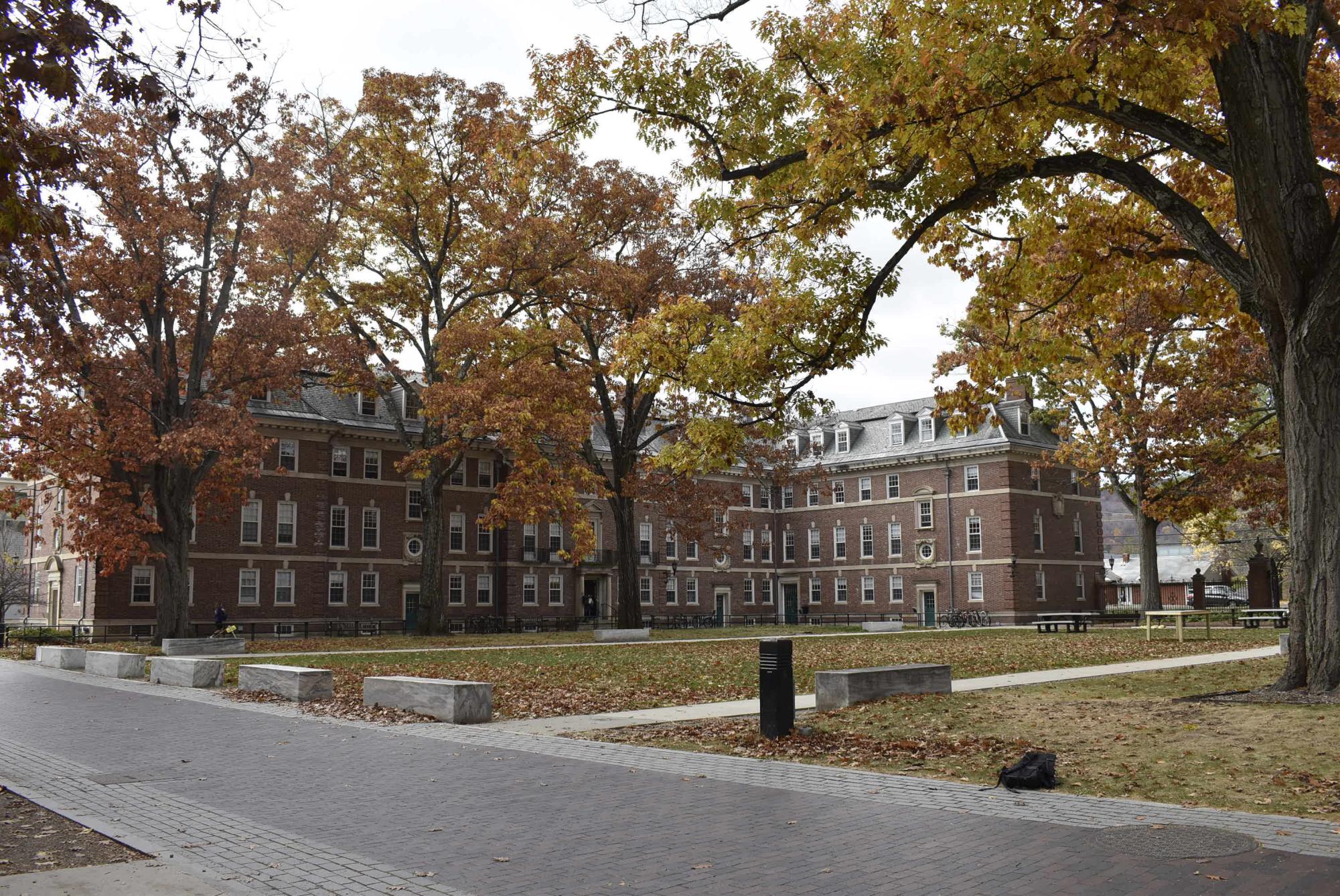
The Junior Advisor (JA) Program Working Group publicly released its final report last Friday, outlining a series of recommendations for the JA program, including a target JA to first-year ratio, expanding eligibility for the JA position, and creating opportunities for former and current JAs to give recommendations that will inform future changes to the JA program.
The group, made up of students, staff, and faculty, delivered its recommendations to the Board of Trustees earlier this month. It was formed last spring, following the death of first-year Toby Woods ’27, the resignations of seven of the eight members of the JA Advisory Board (JAAB), and declining rates of participation in the program.
“It felt like the JA program was on the cusp of collapse without significant refashioning,” according to the report.
“The working group spent significant time considering and exchanging many ideas,” Dean of First Year Students Christina Walsh, a member of the committee, wrote in an email to the Record. “In the end, core elements of the [JA] program were preserved while new structures for support were incorporated.”
While creating its final recommendations, the working group considered student opinions to inform its findings, according to Senior Associate Dean Jeff Malanson, who co-chairs the group. “The administration received multiple lists of ideas and recommendations from current and prospective JAs last spring, that we took seriously in all of the work that was done last spring, over the summer, and throughout the year to train and support current JAs,” he wrote in an email to the Record. “The working group was then able to evaluate, essentially in real time, how these new efforts were working and have those findings inform our work and recommendations.”
Students who served in the working group, including former JAs Ray Wang ’25 and Jackson Davis ’25, said their experiences as JAs last spring motivated them to join the committee.
“I joined the working group because I was one of Toby’s JAs. I was deeply affected by the events of last spring that led to the formation of the Working Group,” Wang said in an interview with the Record.
The group’s recommendations included preserving the JA role’s emphasis on mentorship rather than rule enforcement, pursuing opportunities for incoming and current JAs to connect with JA alumni, and formalizing the JA position description and expectations.
The group also proposed guidelines for onboarding future staff, and notably, recommended flexibility in future recruitment to combat small cohort sizes. The report suggests expanding eligibility to juniors planning to study away during the spring semester and allowing for seniors or sophomores to serve as JAs if needed.
Due to Currier Quad replacing Mission Park as first-year housing beginning Fall 2025, there will be a total of 19 entries in the 2025-26 academic year, compared to this year’s 16. This will require a minimum of 38 JAs, if there are at least two per entry, according to the report. “The program currently aims for a ratio of 15-20 first-year students per JA,” according to the report.
Davis noted that, during his time as a JA, he supported smaller entries. “In my case, it was closer to ten-to-one,” Davis said.
The higher ratio of students to JAs corresponds with the lower number of students taking on JA positions. 33 students signed on to be JAs for the class of 2028, according to the report — a drop from 43 the previous year, and part of a steady decrease from earlier cohorts, which included between 52 and 57 JAs for the Classes of 2024, 2025, and 2026. 44 students have agreed to serve as JAs to the Class of 2029 as of publication.
According to the final report, the smaller cohort this academic year and subsequently greater first-year to JA ratio, did not lead to a “subpar experience for either JAs or first-year students, nor [did] it automatically produce a greater workload for JAs, both of which were concerns heading into the year.”
Although the final report recommends modest changes, Davis noted that a significant shift has already taken place: a move away from student-led governance of the program toward increased administrative involvement. “I think the major change is within the broader picture of the administration taking control of student life, moving it from more or less faculty and student control over to the administration,” he said.
Prior to the spring of the 2023-24 academic year, students had autonomy over the JA program, with the dean of first year students and other professional staff serving primarily as advisors. JAAB, elected from the cohort of active JAs during their junior year, administered the program while simultaneously serving as JAs. Following the resignation of seven of JAAB’s eight members last spring, JAAB became defunct. In the absence of JAAB, the administration made a series of changes to the JA program, according to the report. These included changes to the JA co matching process, revisions to spring and fall training, an expanded mentorship role for first-year area coordinators, and a redesigned JA selection process.
“Transitioning a lot of the logistical and administrative burden from student leaders over to professional staff has proven extremely beneficial,” Malanson wrote. “It lets our student leaders focus their time and energy on doing their most impactful work.”
Both Davis and Wang emphasized the importance of continual reevaluation of the program and giving JAs autonomy over the program’s trajectory.
“The ninth recommendation, to periodically reassess the program, is critical,” Wang said.
“The JA program’s value comes from students continuing to refine it with significant care and dedication,” Davis added. “It’s not something that’s just run by administrators or to serve as a job on campus, or as a way to pass time or pad a resume, but it’s a real, hopefully selfless, commitment.”
Looking ahead, Walsh also emphasized the importance of ongoing assessment. “Moving forward, my role will [be to] continue to track trends and needs as they can change with each incoming class,” she wrote. “We must guide the program in a way that supports it as a positive for our first years, and for our JAs.”
“I think the JA program has a tremendous impact on helping our first years adjust to one of the biggest transitions of their lives, and I look forward to continuing to support the non-stop evolution of the program,” Walsh added.





